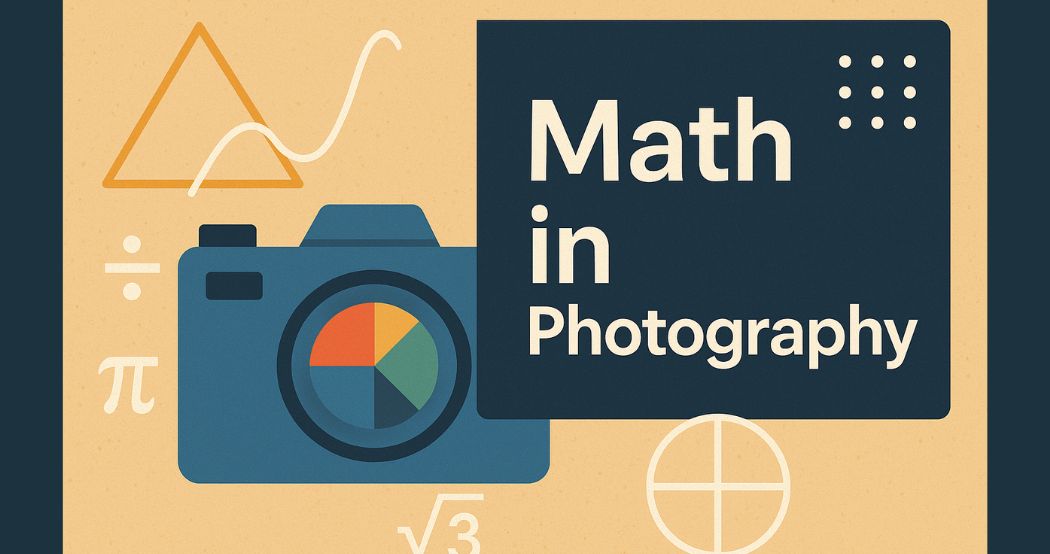The Rule of Thirds is one of the most famous rules of photography. Most of us tend to share our day and life on social media. We upload our thoughts, ideas, videos and images on many social platforms such as Face book, Twitter and Instagram. It might be possible that our followers do not like our artistic vision therefore the rule of thirds is used in photography. It is very appealing to human eye.
Rule of Thirds is one of the first rules that photography students learn. It is used either while taking photo or editing it. The photo is imagined to be divided in three parts, both vertically and horizontally. Almost all latest phones and cameras have the setting that allows you to see grid lines on the screen when you take photo. Once the grid is set in place, you can focus on it in two ways:
- First, you can focus on the four lines dividing the frame and then place the object you are photographing along one of the lines.
- Second, you can also focus on the four places on the grid where the lines intersect.
The basic idea behind this rule is that when we place the object of the photo along one of the four lines or at one of the intersection points, the photo will be more balanced and pleasing to the human eye. It tells us to align our subject with one of the points. This means that our subject is one third into the picture space from either left or right and from either top or bottom. That means it’s not in the middle.
It takes some conscious thought and careful composition to place the centre of interest of our photo off-centre. However, the result is much more pleasing to the eye. Placing it at the intersection of the grid lines produces a nicely balanced image. So there is math even behind photography and it is very interesting and fun to use in our everyday life. It requires a little focus and attention of course but the result is worth investing the time in.









